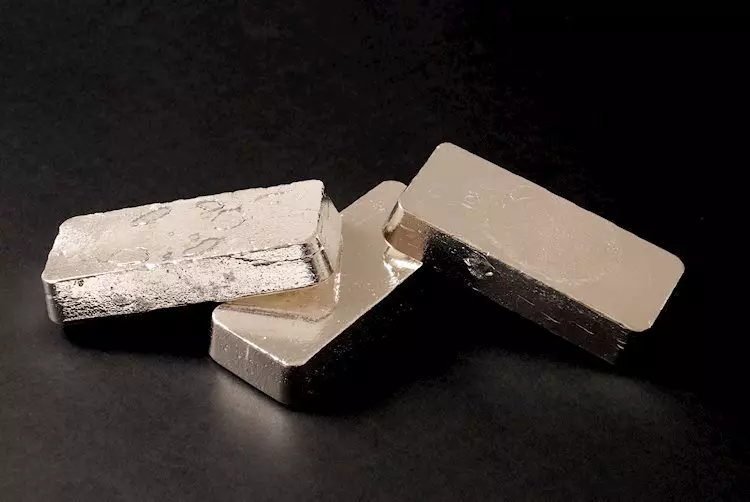Silver price has been on a downtrend for the fourth consecutive day, currently trading at around $27.90 in the early European session. The decline of 0.55% is mainly attributed to the stronger US Dollar and concerns about Chinese demand. However, the market is anticipating support from potential Fed rate cuts which could limit further losses in the silver market. The focus will be on the US August Nonfarm Payrolls report set to be released on Friday.
The recent surge in the US Dollar has put pressure on the price of silver, which is denominated in USD. Additionally, worries about the slowdown in Chinese service activity have added to the negative sentiment. The Chinese Caixin Services Purchasing Managers’ Index (PMI) dropping to 51.6 in August indicates a weakening in economic growth and demand, particularly concerning for silver as China is a major exporter of the metal globally.
The anticipation of Fed rate cuts is a key factor that could provide some support for silver prices in the near term. The market is currently pricing in a 61% probability of a 25 basis points rate cut in September, with a 39% chance of a 50 bps reduction. Lowering interest rates would make silver more affordable for buyers, which could help boost demand for the precious metal.
The upcoming US Nonfarm Payrolls (NFP) report on Friday is expected to have a significant impact on the silver market. The report will reveal the number of job additions in August and the Unemployment Rate, providing insight into the state of the US economy. Any weaker-than-expected data could fuel speculation about a recession and deeper rate cuts, potentially driving up the price of silver.
Silver, although less popular than gold, is a highly traded precious metal among investors. It is often used as a store of value and a hedge against inflation. Investors have the option to purchase physical silver in coins or bars, or trade it through Exchange Traded Funds (ETFs) that track its price on the international market. Factors such as geopolitical tensions, interest rates, and currency movements can all influence the price of silver.
The price of silver can be influenced by a multitude of factors including geopolitical instability, investment demand, mining supply, recycling rates, and industrial usage. Silver, with its high electric conductivity, is widely used in industries such as electronics and solar energy, making demand for the metal sensitive to fluctuations in these sectors. Additionally, economic conditions in major countries like the US, China, and India play a significant role in determining silver prices.
Silver prices tend to follow movements in gold prices, given their similar safe-haven status. The Gold/Silver ratio can be used as an indicator of the relative valuation between the two metals, with a high ratio suggesting undervaluation of silver and overvaluation of gold, and vice versa. Understanding the dynamics between gold and silver can help investors make informed decisions in the precious metals market.
The price of silver is influenced by a wide range of factors including currency movements, economic data releases, geopolitical events, and industrial demand. Understanding these factors and their impact on silver prices is essential for traders and investors looking to navigate the volatility of the precious metals market.

